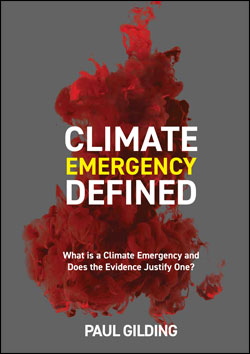What is a climate emergency and does the evidence justify one? This report from CISL Fellow Paul Gilding reviews the evidence about the scale, timing and urgency of the risks posed by climate change to determine whether an emergency response is both necessary and feasible.
 In the context of an increasing number of ‘climate emergency declarations’, and the accelerating adoption of the term ‘climate emergency’, this paper explores the concept.
In the context of an increasing number of ‘climate emergency declarations’, and the accelerating adoption of the term ‘climate emergency’, this paper explores the concept.
Firstly, it examines what treating a threat or risk as ‘an emergency’ means in practical terms, referenced to other examples of emergency responses, ranging from local emergencies like flooding, to major historical events like World War II (WWII).
It then considers the scientific evidence, the risk-assessment basis and other criteria for considering whether climate change actually qualifies as a ‘global emergency’.
To do so, it considers two criteria, arguing they must both be satisfied to justify an emergency response:
Is the risk material?
- Is the threat established and well understood?
- Relative to the scale of threat, is the likelihood of it occurring high enough to justify an emergency response?
Is the timing urgent?
- Does the response require an emergency mobilisation – that is, an abnormal level of intensity and resources?
- Or, can the risk be dealt with through the normal reform processes of policy and the market?
Gilding goes on to consider these questions in reference to our current economic and political response to climate change, comparing this to what would be required if society shifted to an emergency mode of action.
About the Author
Read more about Paul Gilding on our Fellows page.
Download the Report



